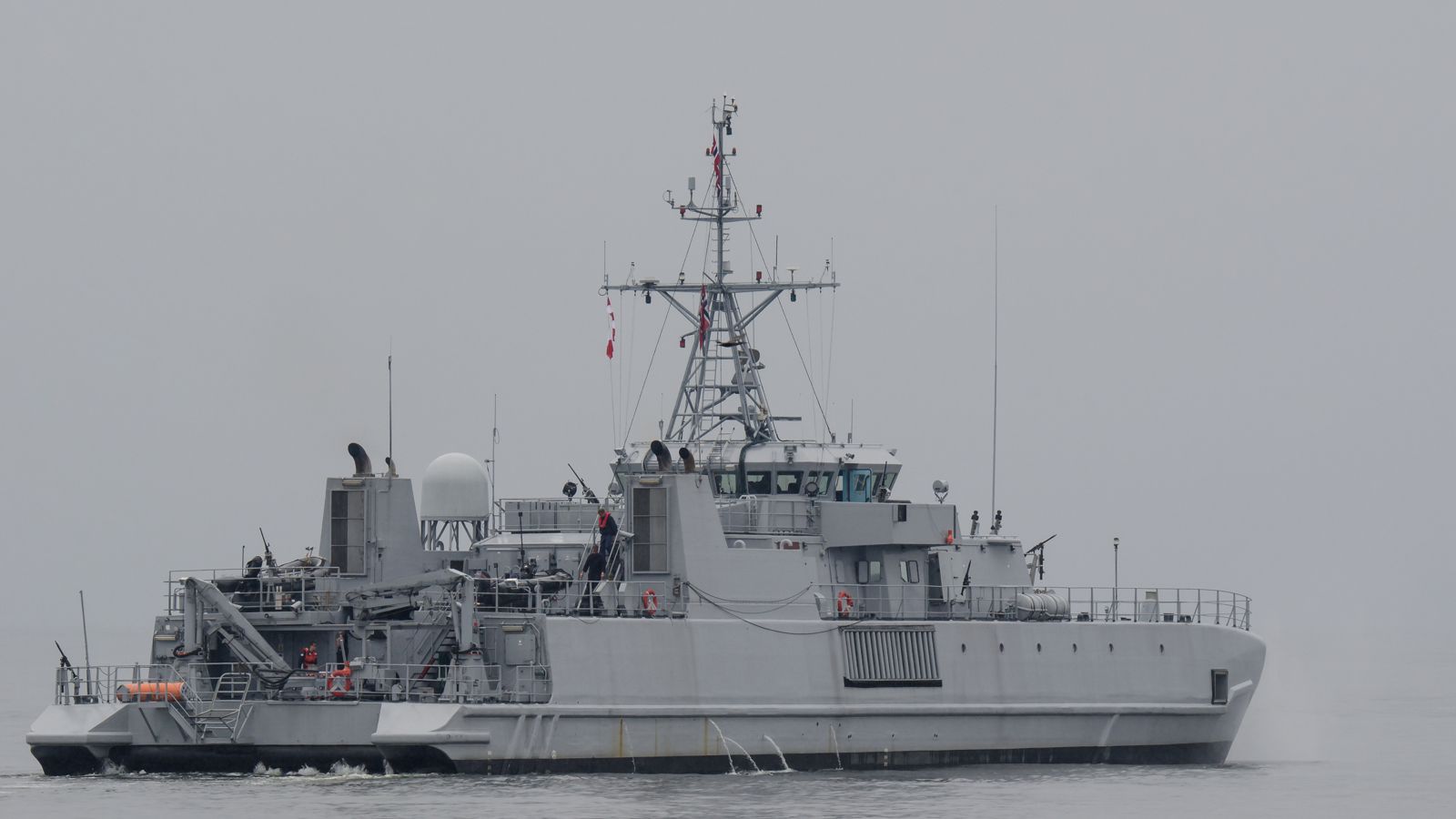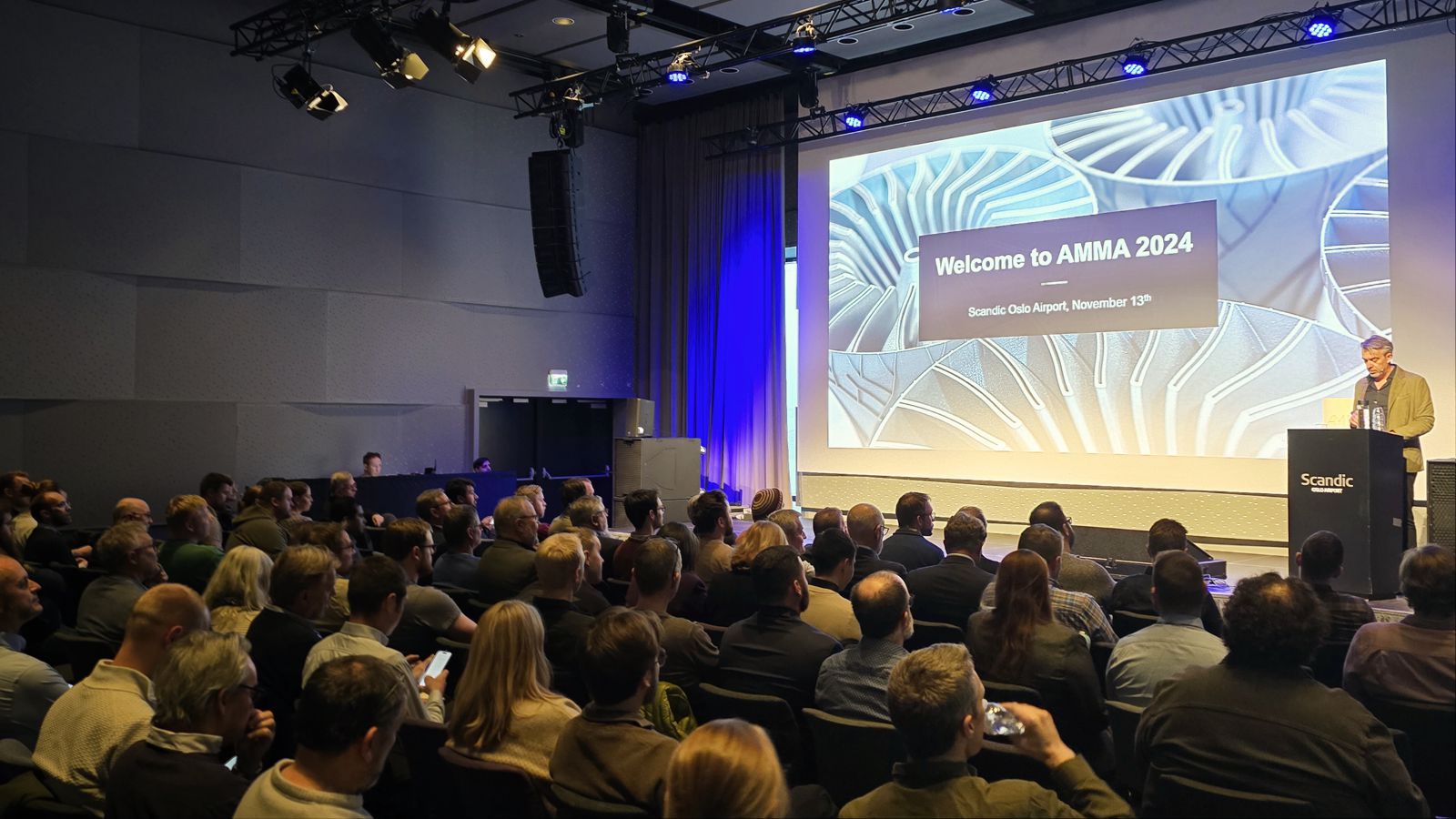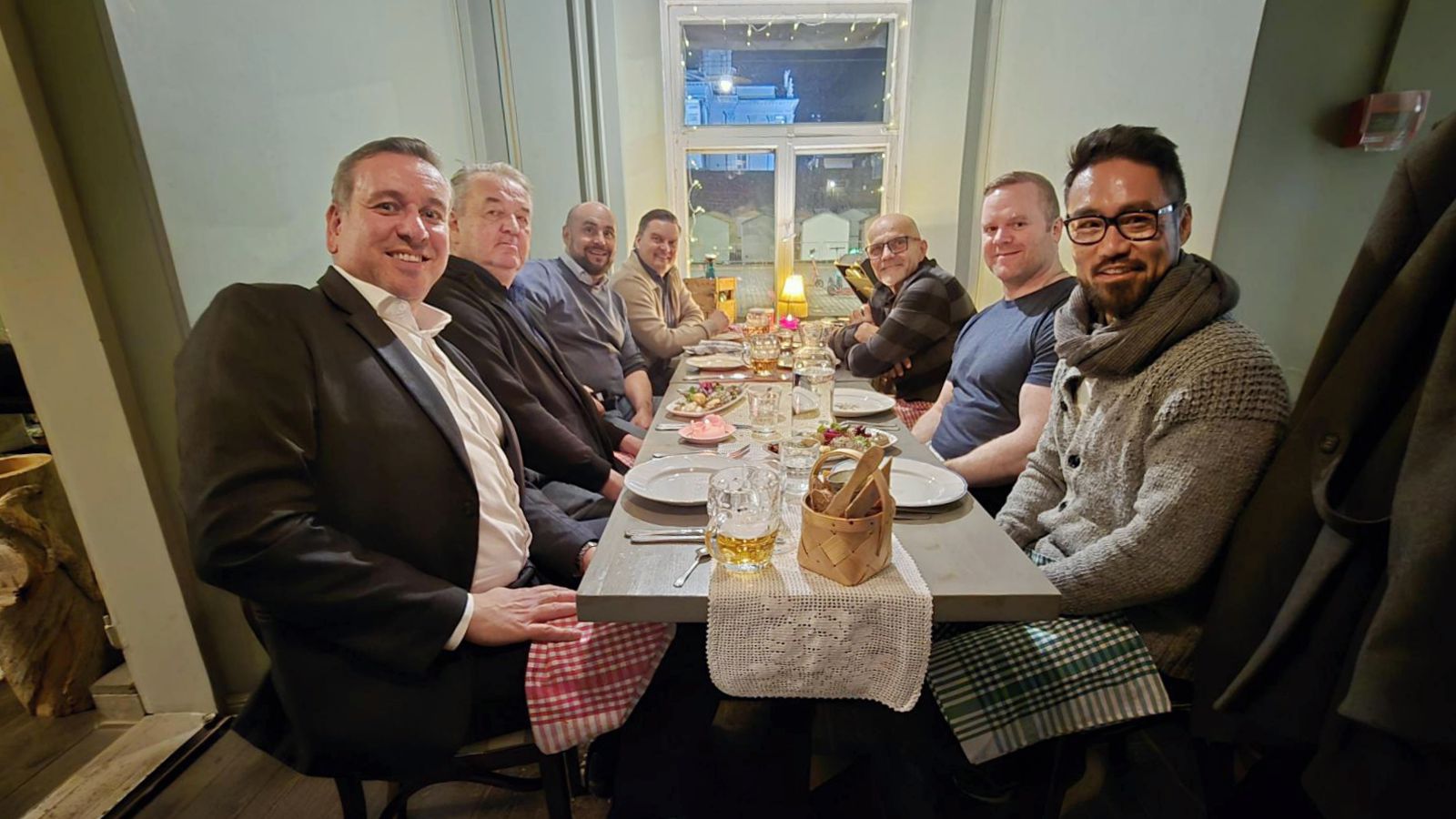AMMA, which stands for Additive Manufacturing for Military Applications, is an annual conference that has become a vital meeting point for defense personnel, industry professionals, and academic experts. Now in its eighth year, the event showcased how far the military sector has progressed with AM and demonstrated that the technology is ready for widespread implementation.
A critical solution for supply chainchallenges
The lack of spare parts can render critical military equipment inoperable, even during peacetime. To address this, the Norwegian Armed Forces see enormous potential in on-demand production, enabling parts to be manufactured quickly and as close as possible to the point of need. This approach not only addresses supply chain vulnerabilities but also minimizes downtime for mission-critical equipment.

Norwegian minehunter on the Baltic Sea. Photo: Wojciech Wrzesień | Dreamstime
FFI emphasizes the importance of maintaining operational readiness by ensuring rapid replacement of failing equipment. On FFI’s website, they highlight that control over the supply chain is essential for all military operations.
Collaboration and research driving innovation
FFI, working closely with NATO allies, has invested heavily in researching additive manufacturing. Over the last ten years, it has developed a specialized test center to explore and validate this technology. The institute underscores the importance of collaboration between the military and industry to unlock the full potential of AM. As FFI states on its website:
«We see that the method opens up new logistics. It is possible to avoid large parts stocks. At the same time, loan components can be replaced immediately. Together with the Norwegian Armed Forces and the suppliers, we are conducting research into how these opportunities can be utilized.»
Locat3d’s role in the future of AM for defense
Locat3d CEO Thomas A. Bentzen attended the conference and shares FFI’s enthusiasm for the future of AM in defense:
«What we saw from both the Norwegian Armed Forces and the industry, confirms that the time has come for additive production of defense materials. This is an exciting development, offering significant opportunities for suppliers across a wide geographical area. Locat3d’s platform is ideally positioned to play a central role in this transformation.»
Did the conference address any other key points?
«Absolutly! It was intriguing to see such a strong emphasis on sustainability and intellectual property protection in these sectors—topics that might seem secondary when defending a nation. However, better resource utilization and reduced logistics requirements are not only sustainable but also cost-effective and support supply chain resilienc», says Bentzen.






